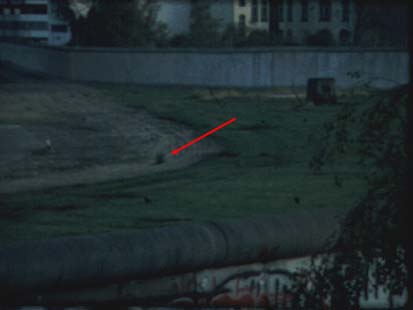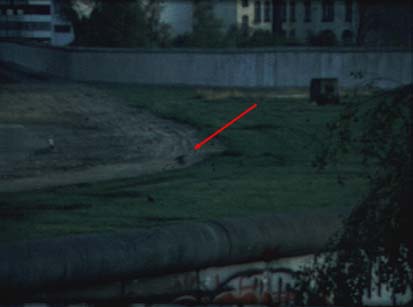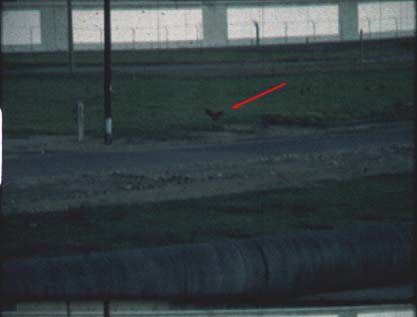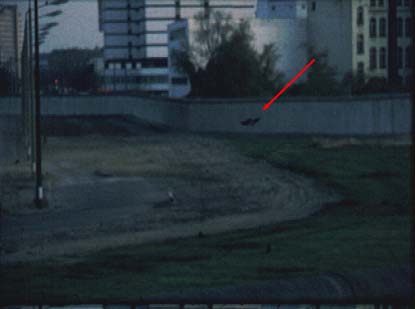ruderal ecologies
I am seeking solace in observing ruderal ecologies. I took my class to the local garbage dump today, where we saw broad and lanceolate leaved plantains (plantago), dock (rumex), bitter cress, crysanthemum leucanthemum and buttercup growing (and in fact thriving) in gravel soaked with toxic waste. Oddly, some of these are the very plants that are useful in cleaning toxins out of the human body, especially plantago and dock.
I remember (twenty years ago) standing by the Berlin Wall, looking out over the green expanse of a mine field between the West and the (then) Warsaw pact. European hares gamboled around lush tussocks,too light to trigger the lethal mines (or maybe they just knew where they all were.) The hares were being pursued by flocks of European buzzards and other raptors that had all but vanished from the surrounding cityscape. Wildflowers that had become extinct in the rest of Germany flourished in this ‘no-man’s land.’ The whole thing seemed like some kind of demented post-modern Serengeti, a ribbon of verdant green snaking through a concrete wasteland.
The catastrophe that was Chernobyl proved to be a boon for wildlife which could complete its life cycle before succumbing to the cancer that would kill creatures like us that have longer life spans. Our violence has created a paradise which is poison to us. Deer and birds teem in this death zone because we are not there.
Here are some Super 8 mm stills of the ruderal systems that existed between East and West Berlin, before the so-called ‘fall of communism.’ The images which I filmed in 1983, clearly show the European buzzards, hunting the hares on the green grass of the mine field.







